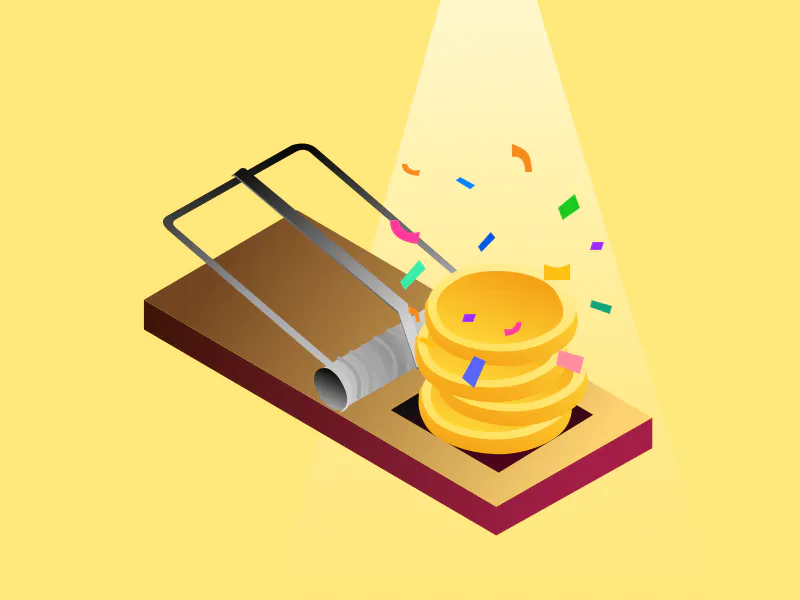How to avoid a rug pull in crypto?

1. How to identify and avoid rug pull
Cryptocurrencies have been all the rage for the past few years, with investors looking to make quick and substantial returns. However, with the rise of decentralized finance (DeFi) and non-fungible tokens (NFTs), investors have been falling prey to a new phenomenon known as a rug pull. A rug pull occurs when developers or early investors in a cryptocurrency sell off their holdings en masse, causing the price of the currency to plummet and leaving unsuspecting investors holding worthless tokens. In this article, we will discuss how to avoid a rug pull in crypto and protect your investment.
Conduct thorough research before investing
Before investing in any cryptocurrency, it's important to conduct thorough research. This includes researching the team behind the project, their experience in the industry, and the overall market sentiment surrounding the currency. You should also read the project's whitepaper and analyze their technical capabilities to ensure they have a strong foundation.
Check the liquidity
Liquidity refers to the ease with which a cryptocurrency can be bought or sold on an exchange. It's important to check the liquidity of a cryptocurrency before investing to ensure that there is enough demand for the currency. Low liquidity can make it difficult to sell your tokens, which can leave you vulnerable to a rug pull.
Look for transparency
Transparency is key when it comes to investing in cryptocurrencies. You should look for projects that are open and transparent about their operations and financials. This includes providing regular updates on their progress, publishing financial reports, and being open about any potential risks.
Avoid projects with anonymous teams
Rug pulls are often associated with projects that have anonymous teams. This is because anonymous teams can easily disappear without any repercussions. It's important to invest in projects that have a clear and identifiable team with a proven track record in the industry.
Don't invest more than you can afford to lose
Cryptocurrency investments can be highly volatile, and rug pulls are just one of the many risks involved. It's important to only invest what you can afford to lose, as this will help you avoid any financial losses that could be detrimental to your financial stability.
In conclusion, rug pulls are a growing concern in the world of cryptocurrency, but there are steps you can take to protect yourself. Conducting thorough research, checking liquidity, looking for transparency, avoiding anonymous teams, and not investing more than you can afford to lose are all key steps to avoid a rug pull in crypto. By following these tips, you can ensure that your investments are safe and secure.
Rug Update
